Introduction: The Importance of Choosing the Right Shoes
Choosing the right footwear for your workouts can significantly impact your performance, comfort, and even injury prevention. Whether you’re lifting heavy weights or running on a treadmill, each activity requires specific features in a shoe. In this article, we’ll explore the best shoes for weight training and cardio, looking at real-world experiences, case studies, and expert recommendations to help you find your perfect fit.
Understanding Weight Training and Cardio
What is Weight Training?
Weight training focuses on resistance exercises aimed at improving strength and muscle mass. It requires shoes that provide stability, support, and traction. A shoe that can withstand lateral movements and heavy lifting is crucial for performance.
What is Cardio?
Cardiovascular exercise, or cardio, aims to elevate your heart rate and improve endurance. Activities include running, cycling, and aerobics. Shoes for cardio should be lightweight, cushioned, and designed for forward motion to enhance comfort and reduce fatigue.
Features to Look for in Weight Training Shoes
Stability and Support
For weight training, a shoe should have a flat sole that provides a stable base. Shoes with minimal cushioning help maintain proper foot positioning during lifts. Look for features such as a stiff heel and a snug fit around the midfoot.
Durability
Weight training shoes are often subjected to scrapes, cuts, and heavy loads. Therefore, durable materials, especially in the toe box and heel area, are essential. Materials such as synthetic leather or reinforced mesh are commonly found in the best weightlifting shoes.
Features to Look for in Cardio Shoes
Cushioning and Flexibility
Cardio shoes should have ample cushioning to absorb the impact of repetitive movements. A flexible sole helps with natural foot movement, which is crucial during running or jumping exercises.

Breathability
When engaging in cardio workouts, your feet can sweat. Therefore, materials that promote airflow are important. Look for shoes with mesh uppers or moisture-wicking linings to help keep your feet dry.
Best Shoes for Weight Training
1. Nike Romaleos 4
The Nike Romaleos 4 is often considered one of the best weightlifting shoes due to its stiff sole and supportive upper. Users praise the shoe’s performance during squats and deadlifts, highlighting its ability to provide a solid base. However, its higher price point may deter some buyers.
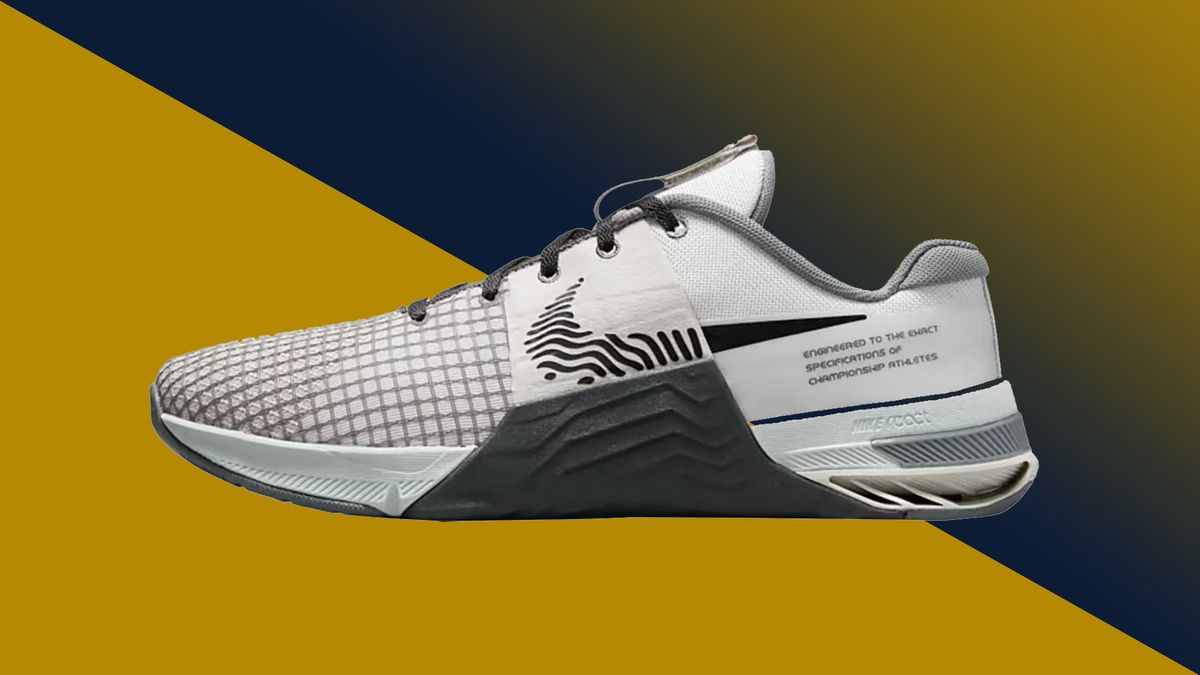
Pros:
- Excellent stability
- High-quality materials
- Customizable fit with straps
Cons:
- Higher price range
- Less versatile for other activities
2. Reebok Legacy Lifter II
The Reebok Legacy Lifter II combines modern technology with classic design, offering great stability for weight training. Many users report better performance in Olympic lifts due to the shoe’s elevated heel and sturdy construction.
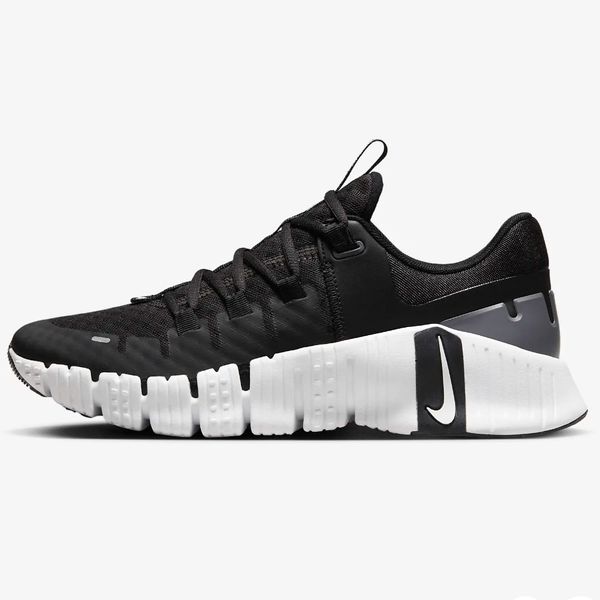
Pros:
- Good heel height for squats
- Durable construction
- Comfortable fit
Cons:
- Heavy compared to running shoes
- Limited color options
Best Shoes for Cardio
1. Brooks Ghost 14
The Brooks Ghost 14 is a crowd-favorite for a reason. With its plush cushioning and trademark softness, this shoe is perfect for long runs or intense cardio workouts. Many users report feeling a significant reduction in fatigue when wearing these shoes for extended periods.

Pros:
- Exceptional cushioning
- Great for high-mileage runners
- Breathable mesh upper
Cons:
- A bit heavier than some competitors
- May not suit everyone’s foot shape
2. Hoka One One Clifton 8
The Hoka One One Clifton 8 is known for its lightweight design and extraordinary cushioning. Users rave about how these shoes allow for quick movements and long durations without fatigue. They’re excellent for both running and HIIT workouts.
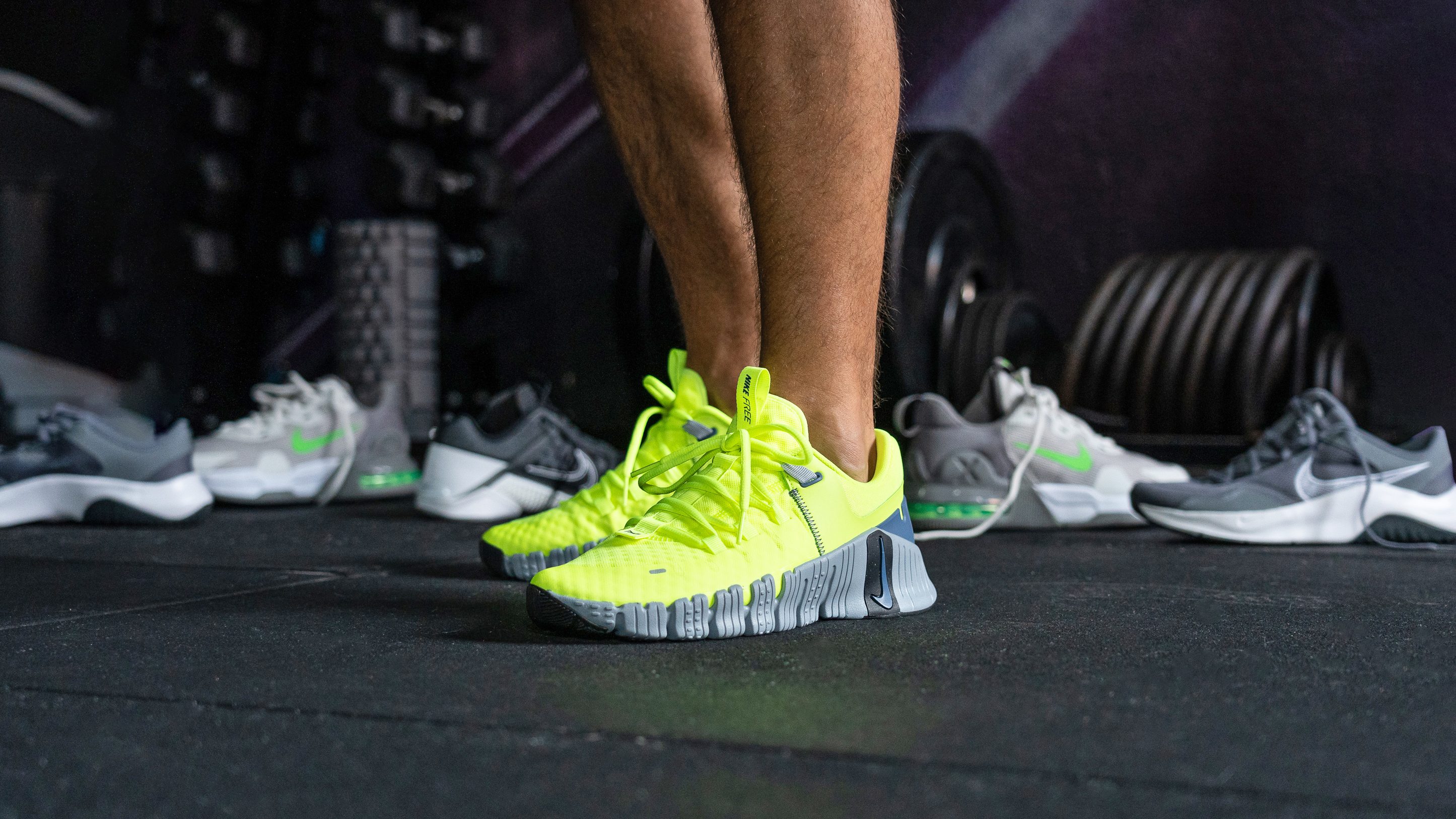
Pros:
- Featherlight feel
- Superb cushioning
- Great stability
Cons:
- Oddly shaped for some users
- Higher price tag
Real-World Experiences: Case Studies
Case Study 1: Sarah’s Journey With Weightlifting
Sarah, a dedicated powerlifter, switched to the Nike Romaleos 4 after struggling with stability in her previous shoes. Within weeks, she achieved personal bests in squats and deadlifts, crediting the shoe’s solid base for her improved performance. Her journey illustrates the crucial role proper footwear plays in weight training.
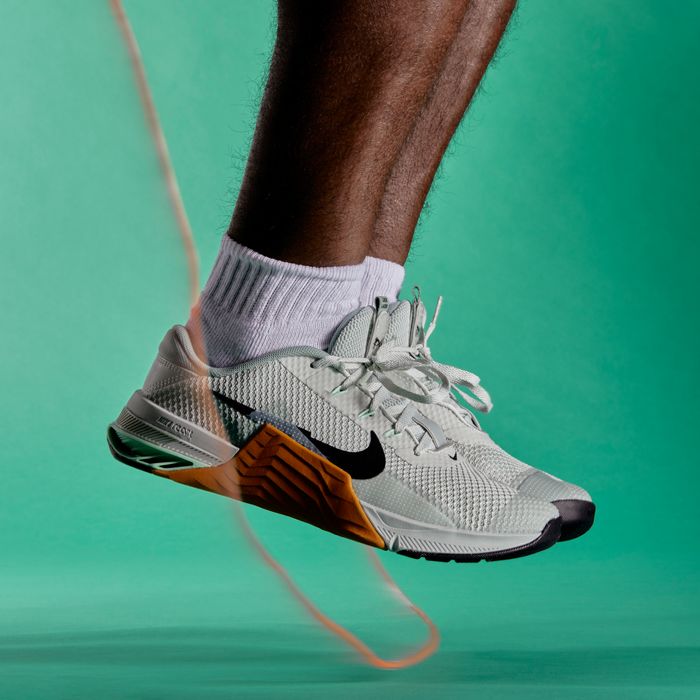
Case Study 2: Mike’s Cardio Transformation
Mike, who was new to cardio workouts, found the Brooks Ghost 14 to be a game changer. Transitioning from casual sneakers to these running shoes helped him run longer distances without discomfort. Mike’s experience highlights the importance of selecting the right shoe to match workout intensity and type.
Comparison Table: Weight Training vs. Cardio Shoes
| Feature | Weight Training Shoes | Cardio Shoes |
|---|---|---|
| Stability | High | Moderate |
| Cushioning | Low | High |
| Flexibility | Low | High |
| Durability | High | Moderate |
| Weight | Heavy | Light |

Expert Tips for Choosing the Right Shoes
1. Assess Your Workout Needs
Determine whether you focus more on weight training, cardio, or a combination. This will guide your selection process.
2. Consider Your Foot Type
Understand whether you have flat feet, high arches, or neutral arches, as this can significantly affect shoe comfort and performance.
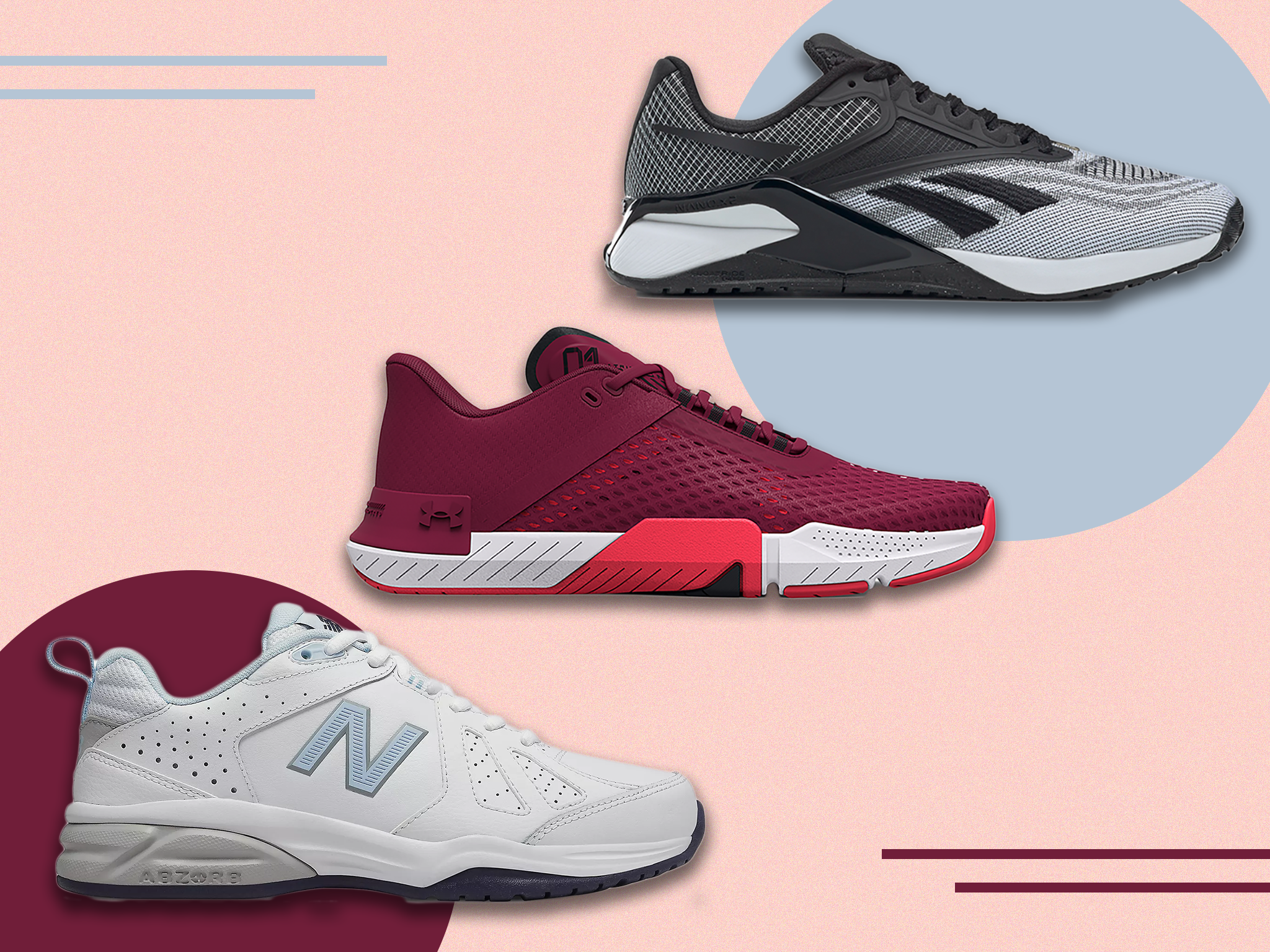
3. Test Before You Buy
Always try shoes on and walk around in them. Ensure that they fit properly and feel comfortable before making a purchase.
Frequently Asked Questions (FAQs)
1. What’s the difference between weight training shoes and running shoes?
Weight training shoes offer more stability and support for lifting, while running shoes prioritize cushioning and flexibility for forward motion.
2. Can I use weightlifting shoes for cardio workouts?
While possible, it’s not recommended as weightlifting shoes may lack the necessary cushioning and flexibility that cardio activities require.
3. How often should I replace my workout shoes?
Typically, running shoes should be replaced every 300-500 miles, while weightlifting shoes can last several years with proper care.
4. Are expensive shoes worth the investment?
Higher-priced shoes often come with better materials, technology, and durability, which can enhance performance and comfort over time.
5. What size should I choose for workout shoes?
Choose a size that accommodates your foot shape, allowing for a snug fit without being overly tight. Always try shoes on in the size you’ll wear for workouts.
6. How do I care for my workout shoes?
Clean them regularly, avoid machine washing, and store them in a cool, dry place to extend their lifespan.
7. Should I wear socks with my workout shoes?
Yes, wearing moisture-wicking socks can help provide comfort and prevent blisters during workouts.
8. What brands are best for weight training shoes?
Popular brands for weight training include Nike, Adidas, and Reebok, known for their quality and technology in lifting footwear.
9. Can I use my cardio shoes for weight training?
While possible for lighter lifts, cardio shoes may not provide the stability needed for heavy weightlifting.
10. How do I find my correct foot size?
Measure your foot size using a Brannock device or by measuring your foot’s length and width and referring to sizing charts.
Conclusion: Step Into Success
Investing in the right pair of shoes for weight training and cardio can enhance your workout performance and overall comfort. By considering your specific needs, testing several options, and understanding the essential features, you’ll find the perfect fit that can elevate your fitness journey. Remember, the right shoes are more than just a fashion statement; they’re a crucial part of your training toolkit.